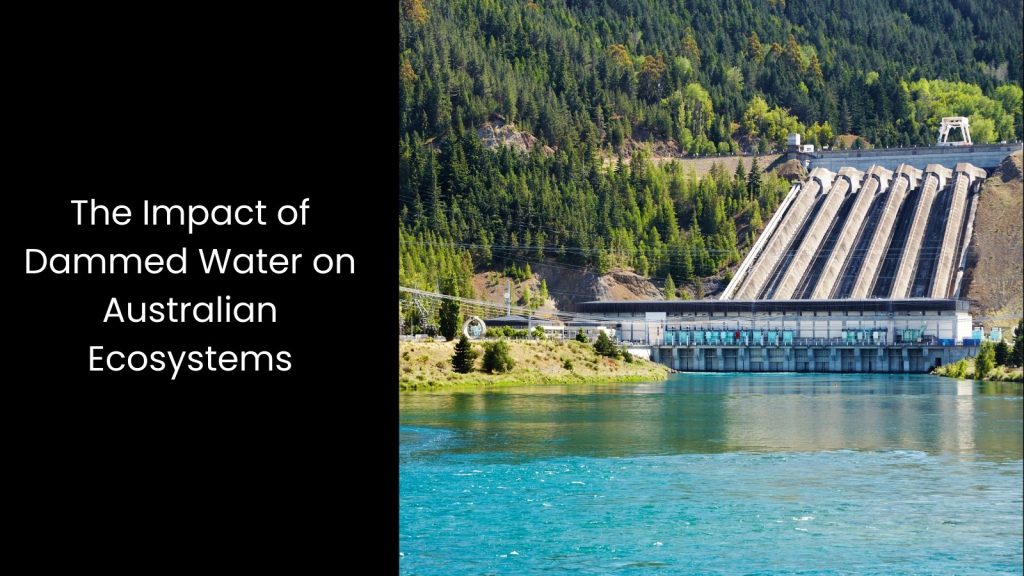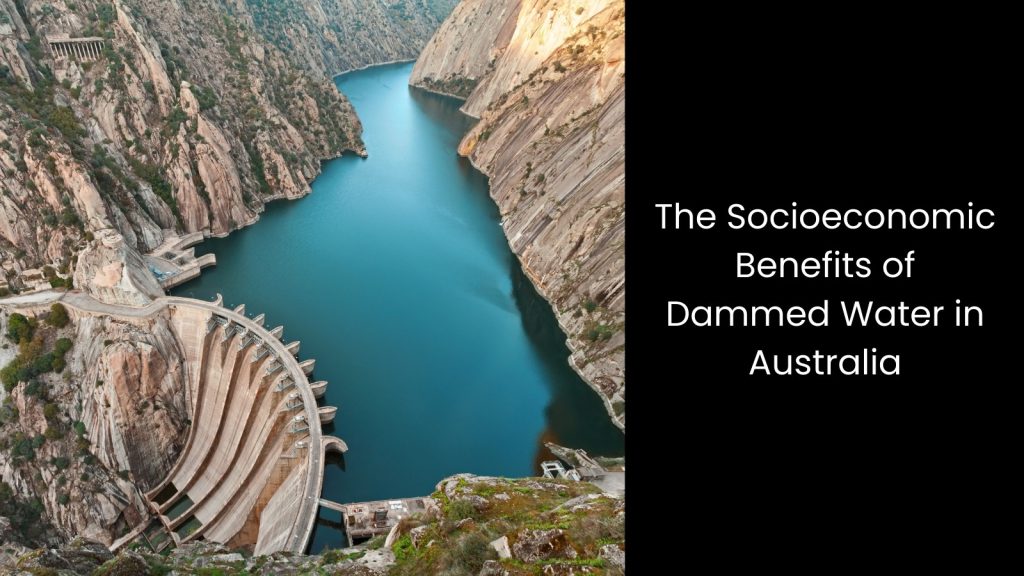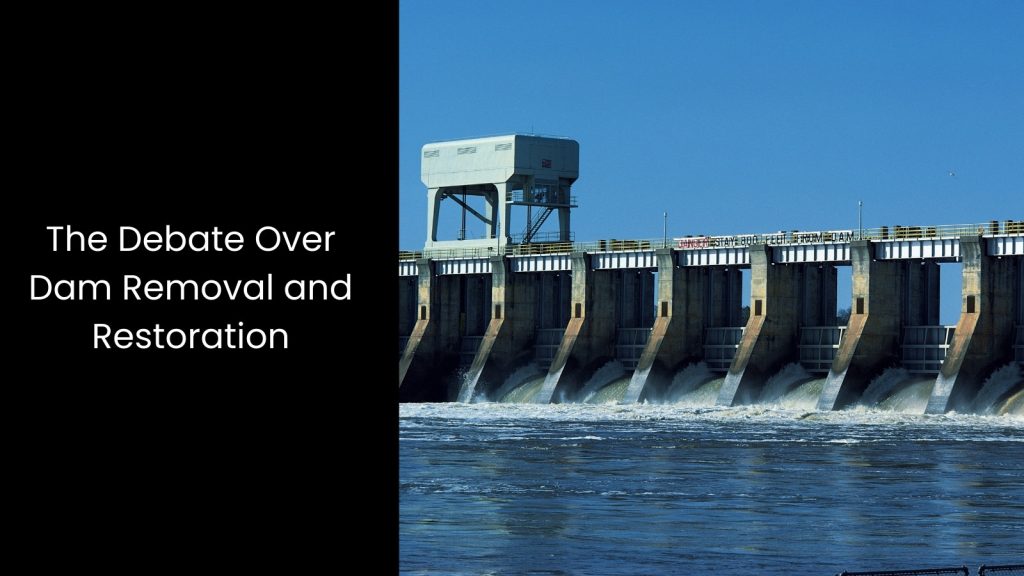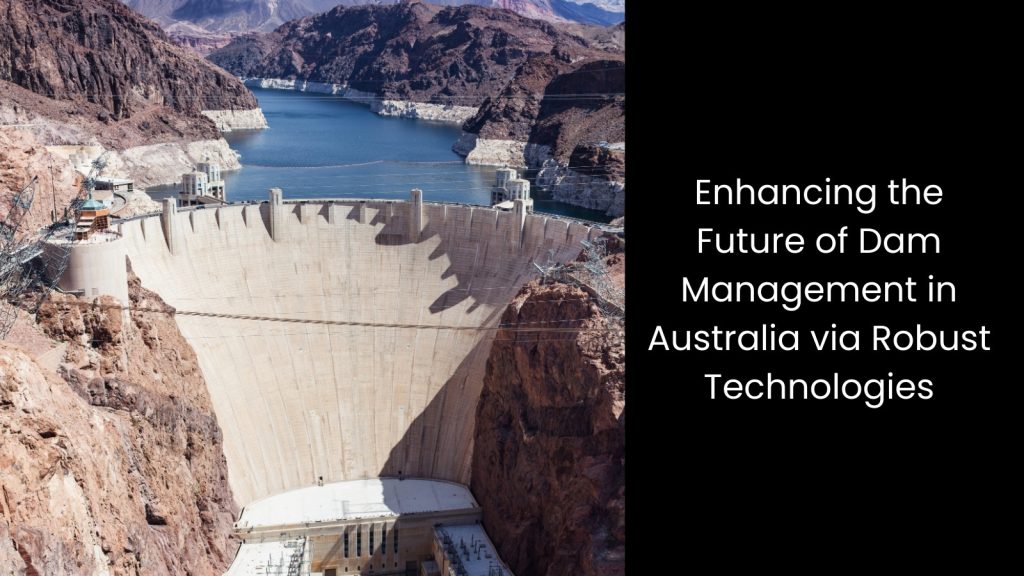Australia manages over 500 large dams, holding approximately 80,000 gigalitres of dammed water to support its diverse needs. The point is that these dams play an important role in a nation where water availability varies dramatically across its vast landscape. From the arid Outback to the fertile coastal plains, dammed water sustains critical activities like agriculture, urban water supply, and hydropower generation.
In this article, we explore the role of dammed water in Australia, understanding its vital socioeconomic aspects.
We will know
The Impact of Dammed Water on Australian Ecosystems

- Dammed water significantly affects Australian ecosystems by altering natural processes and disrupting ecological balance. When a water dam is built, it changes how dams affect the water cycle by interrupting surface water flow, reducing downstream availability, and altering seasonal patterns.
- This damming impacts fish populations and aquatic biodiversity, as many species rely on natural flow rhythms for migration and reproduction. Blocked pathways prevent species like Australian bass from reaching spawning grounds, while stagnant waters encourage invasive species.
- The water-management practices in reservoirs trap sediments, reducing their downstream transport, which diminishes nutrient availability vital for riverbank vegetation and aquatic life. Dammed water tends to change water temperature, oxygen levels, and chemical composition. Reservoirs release colder, oxygen-poor water, harming species adapted to warmer environments.
- Another fact is that stagnant waters promote algal blooms, further depleting oxygen and degrading habitat quality. On the other hand, dam construction also affects sediment transport, causing riverbeds to erode downstream while altering food chains that rely on sediment-rich waters. Though waterpower and increased reservoir capacity support human needs, poorly managed systems can devastate ecosystems.
- This is why Australia needs a balanced approach to damming, as it ensures sustainability for both humans and nature by minimising disruptions to Australia’s fragile ecosystems.
The Socioeconomic Benefits of Dammed Water in Australia

Water Supply for Urban and Rural Areas
Damming indeed ensures a reliable water supply for urban and rural areas in Australia, delivering significant socioeconomic benefits.
For example, when regulating water resources, water retention dams like the Eildon Dam enable consistent access to water for communities, agriculture, and industries, even during droughts. The Eildon Dam water level exemplifies how controlled storage and release of water can stabilise supply during dry seasons and safeguard livelihoods.
This way, urban areas benefit from higher water availability, supporting residential needs, sanitation, and urban infrastructure, while rural communities rely on water retention for irrigation and livestock, boosting agricultural productivity. Maintaining a dam with water ensures long-term water security, supporting population growth and economic activities.
In regions where climate variability challenges natural water flow, dams mitigate risks by capturing runoff and replenishing reserves. This regulated supply enhances economic stability by enabling year-round farming, powering industries, and supporting employment.
If further explained, water retention dams prevent the over-extraction of natural waterways, preserving critical ecosystems and balancing environmental needs with human consumption. Since it paves the way for the effective management of water resources, Australia receives the benefits of damming to bridge the gap between urban development and rural sustainability.
Irrigation for Agriculture
How much water does Warragamba Dam hold? Let’s take this as an example.
This vital dammed reservoir, holding over 2,000 gigalitres, plays a critical role in supporting irrigation for agriculture in Australia. Yes, this indicates that reservoir dams like Warragamba ensure that farmers have access to a steady and reliable water supply, enabling them to sustain crops and livestock even in periods of drought.
These dams capture rainfall and runoff during wetter seasons, storing it for agricultural use when natural water sources become scarce. Although moraine-dammed lakes are rare in Australia, they similarly provide water storage solutions in certain regions, further strengthening irrigation capabilities.
As they offer a controlled and consistent supply of water, these reservoirs allow farmers to grow high-value crops, expand their production cycles, and improve overall yield. This directly benefits rural economies by creating jobs, increasing exports, and ensuring food security.
This way, efficient irrigation systems reduce dependency on unpredictable natural waterways and groundwater, preserving ecological balance while meeting human needs. Likewise, farmers can plan better and invest in sustainable practices, knowing they have access to sufficient water. This infrastructure highlights the socioeconomic importance of dammed water in transforming arid and semi-arid lands into productive agricultural hubs.
Hydropower Generation
This is a top benefit when it comes to dammed water needs in Australia, as the latter delivers renewable energy while supporting other critical water needs.
Hydropower plants collect floodwater and controlled flows from reservoirs and convert moving water’s kinetic energy into electricity, contributing to clean and sustainable energy production. If it is possible to establish efficient management for the networks like SEQ water dam levels, it will ensure optimal conditions for power generation while balancing water storage for other uses like irrigation and urban supply. This renewable energy reduces reliance on fossil fuels, lowering greenhouse gas emissions and supporting Australia’s transition to a greener economy.
Although not directly connected, it is undoubtedly a benefit that the infrastructure built for hydropower also creates employment opportunities and stimulates regional development by enhancing energy access for rural and urban communities. The controlled water flow also benefits water treatment plants, as hydropower systems often integrate with these facilities to efficiently manage water quality and distribution.
As they can capture and utilise floodwater, hydropower dams minimise the risk of flooding downstream, protecting agricultural lands and urban settlements from damage. This multi-functional use of dammed water highlights its importance not only in energy generation but also in broader water resource management, making hydropower an essential component of Australia’s socioeconomic growth and environmental sustainability.
Flood Control and Mitigation
A dry dam, designed to hold excess water during heavy rainfall temporarily, comes to the centre stage in preventing downstream flooding.
Unlike a traditional reservoir, which stores water for multiple uses, a dry dam focuses solely on flood prevention by controlling the release of accumulated water. Effective dam management ensures that reservoirs and dry dams operate efficiently, reducing the risk of overflow during extreme weather events.
When strategically releasing water in a controlled manner, these systems protect urban and rural areas from sudden inundation. Plus, communities also benefit from safer, more stable environments that support economic activity and agricultural production.
One of the major concerns in maintenance within dams is how to clean dam water, leading to water treatment plant operations and flood control. Such efforts prevent sediment buildup and keep water systems functional and reliable. This maintenance improves water quality, ensuring that downstream ecosystems and water users receive cleaner resources.
The Debate Over Dam Removal and Restoration

- The main reason there is an ongoing debate over dam removal and restoration in Australia is that it highlights the need to balance environmental, social, and economic considerations.
- Advocates for dam removal emphasise the importance of restoring river ecosystems and reconnecting fragmented habitats, which support biodiversity and improve water flow. However, removing dams can affect the water supply, disrupt water conservation efforts, and limit resources for water treatment plants that rely on regulated flows. It may also impact hydropower generation and the livelihoods of communities that depend on the water for agriculture and daily use.
- Concerns about dam failure further fuel discussions, as ageing infrastructure poses risks to safety and surrounding areas. This is where the policymakers face the challenge of weighing these factors to determine whether the environmental gains of removal outweigh the social and economic costs.
- The promising way to accomplish this is to adopt sustainable dam management practices and invest in modern solutions, which can help ensure a balanced approach to meeting water resource needs while protecting ecosystems.
Enhancing the Future of Dam Management in Australia via Robust Technologies

As you can see, the future of dam management in Australia lies in the strategic integration of cutting-edge technologies. If the authorities can adopt advanced solutions like Smart Water Asset Management Solution from an industry expert, they can achieve sustainable water resource management, minimise environmental impact, and enhance the overall efficiency of dam operations.







